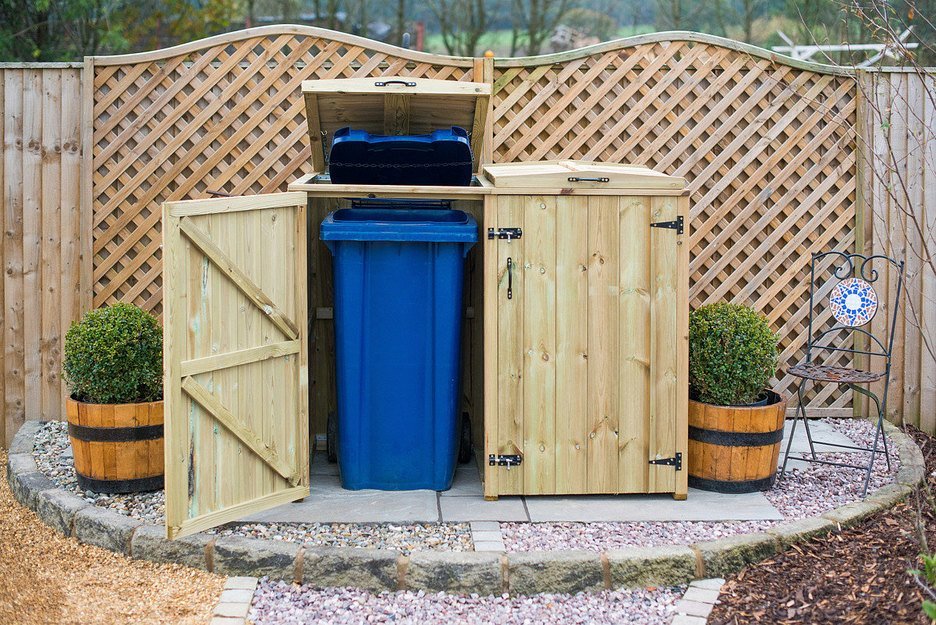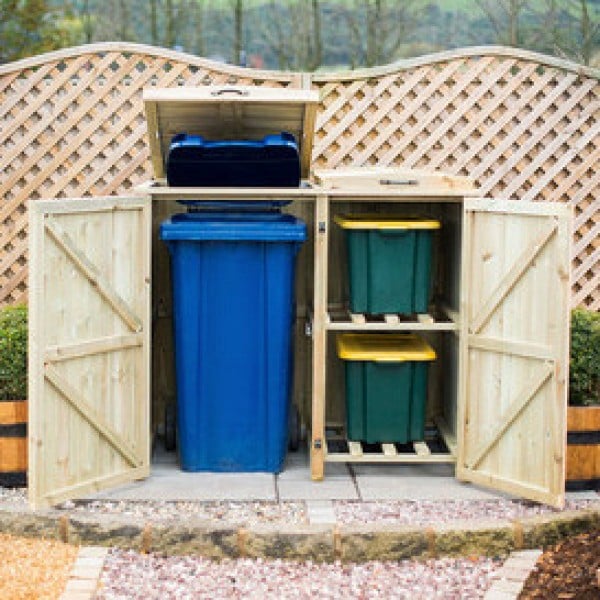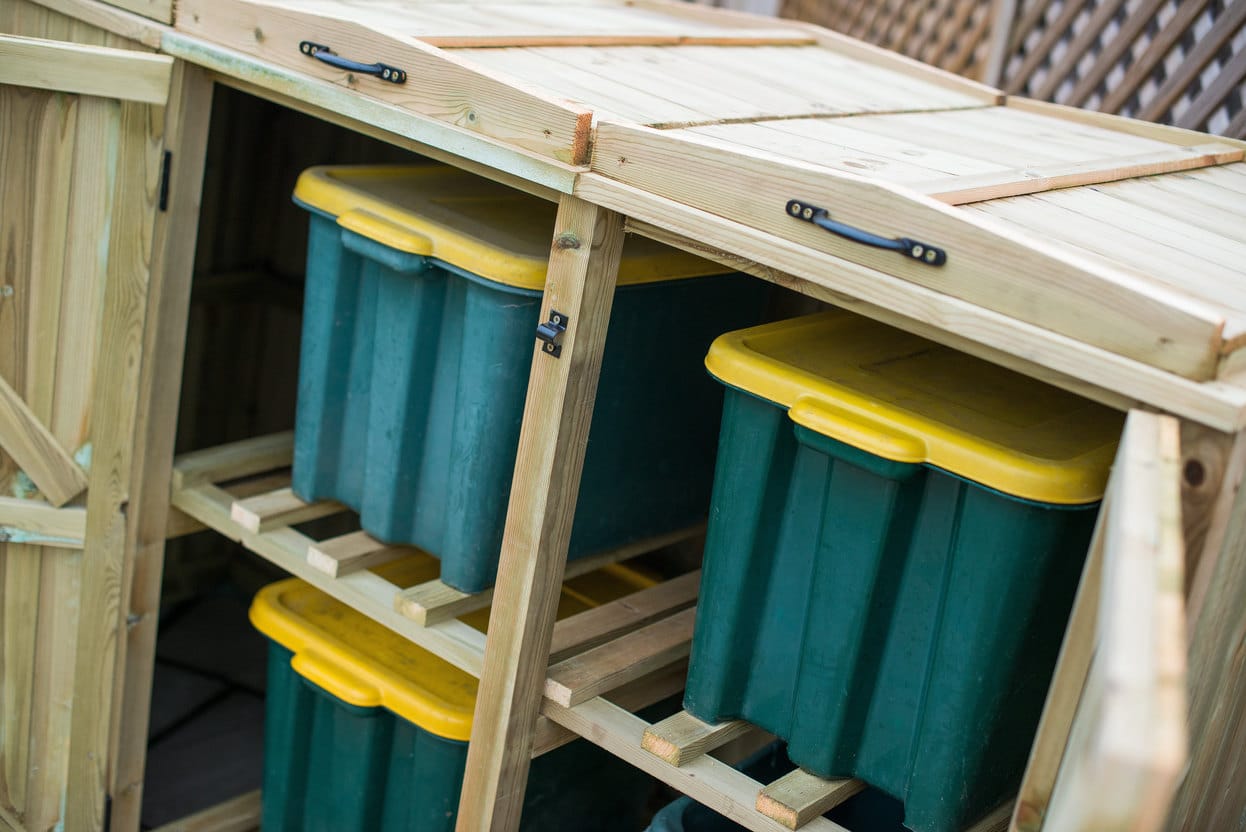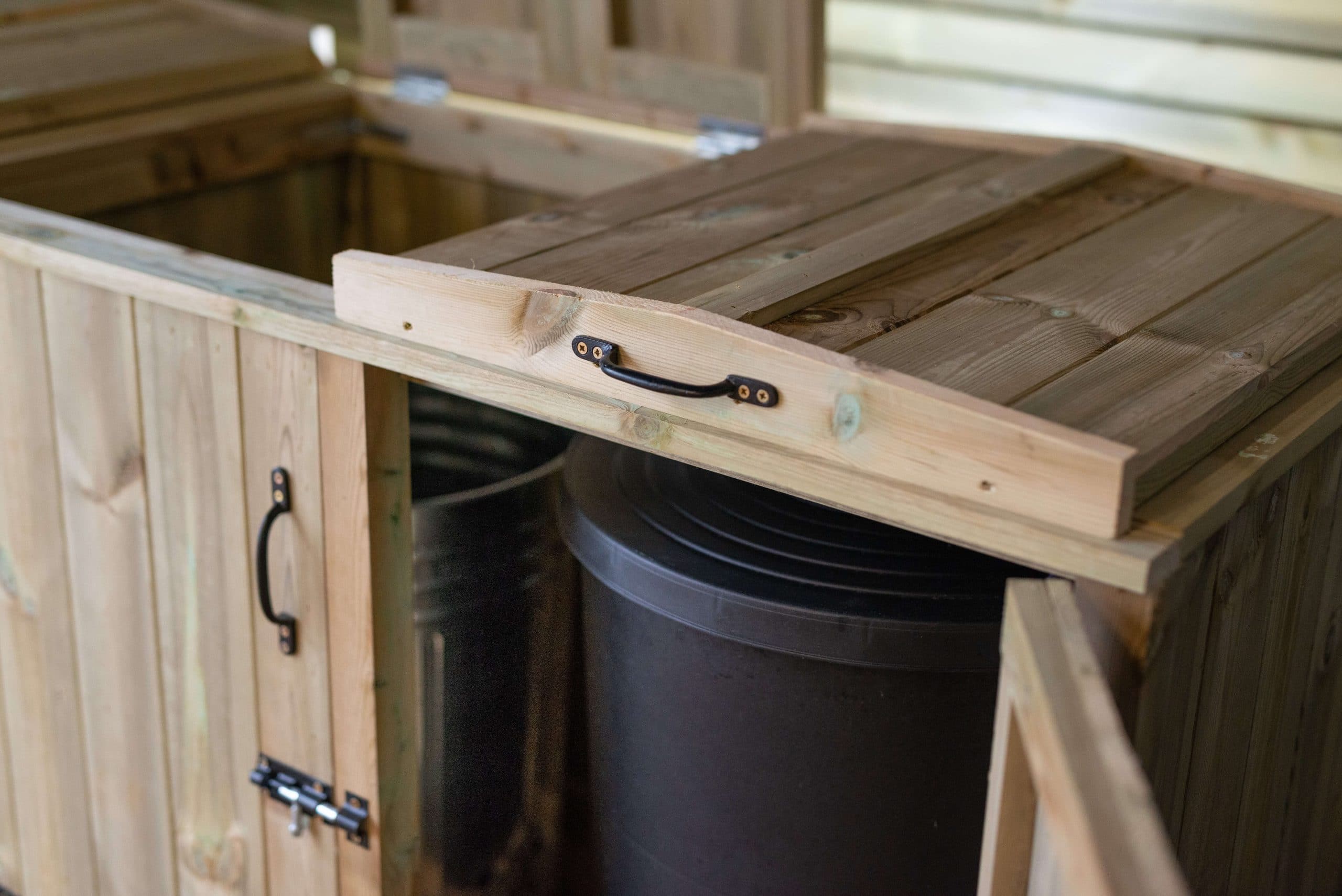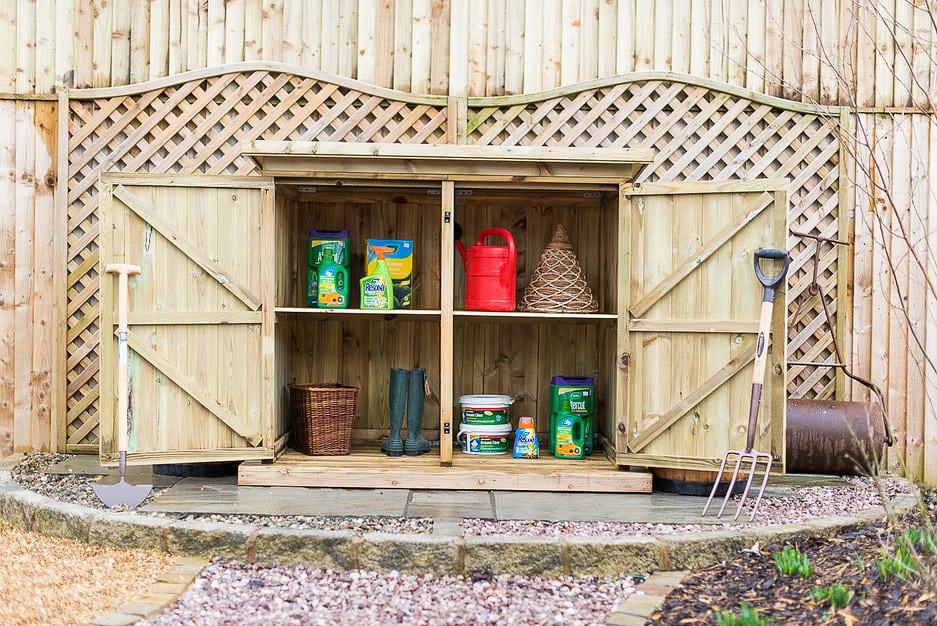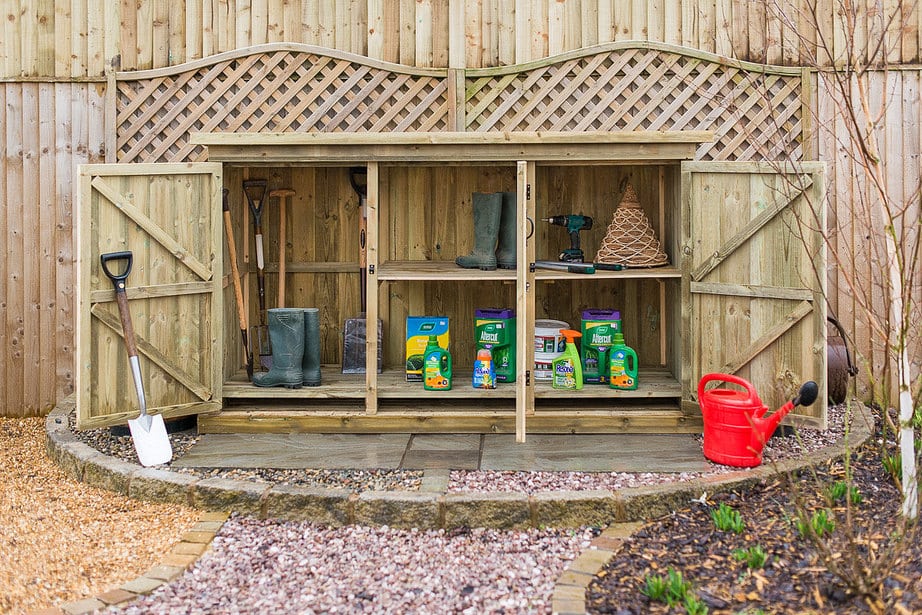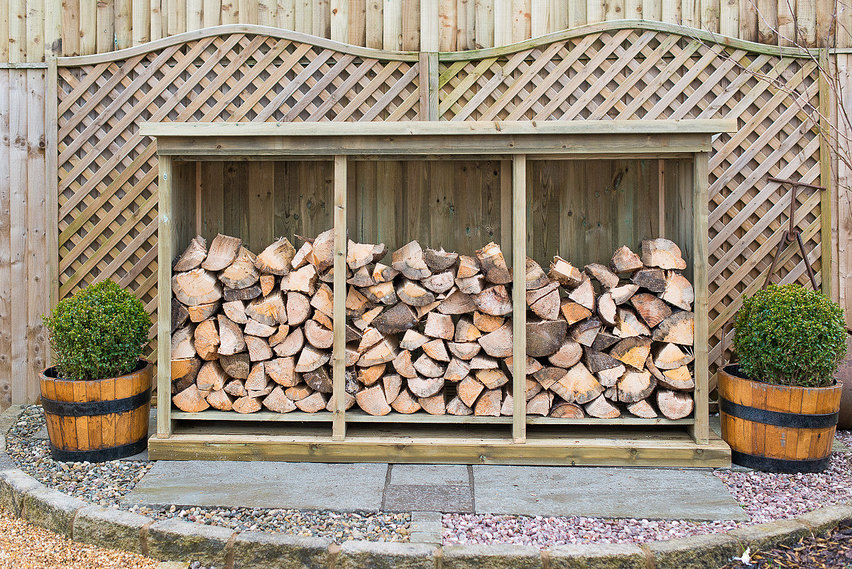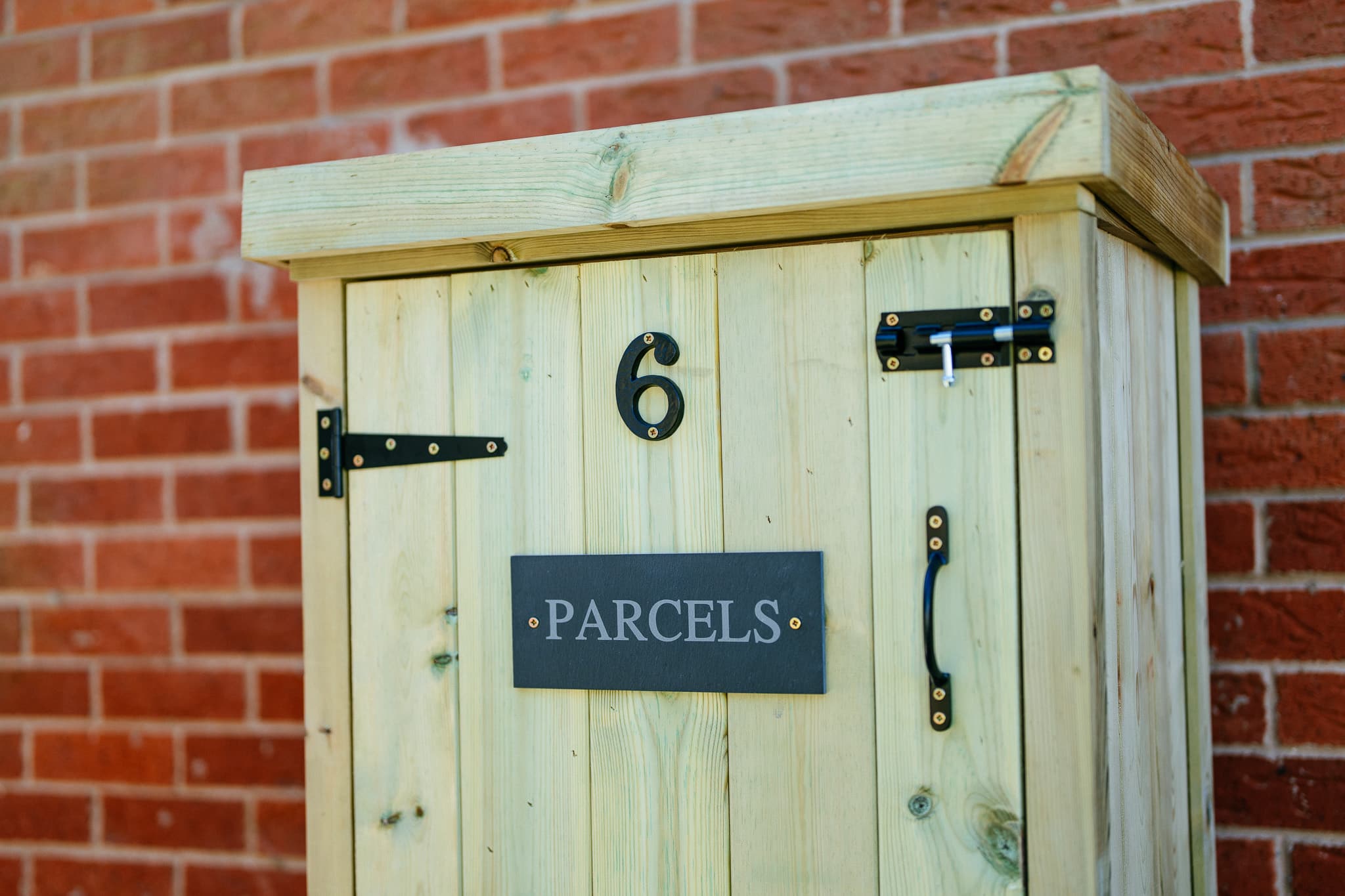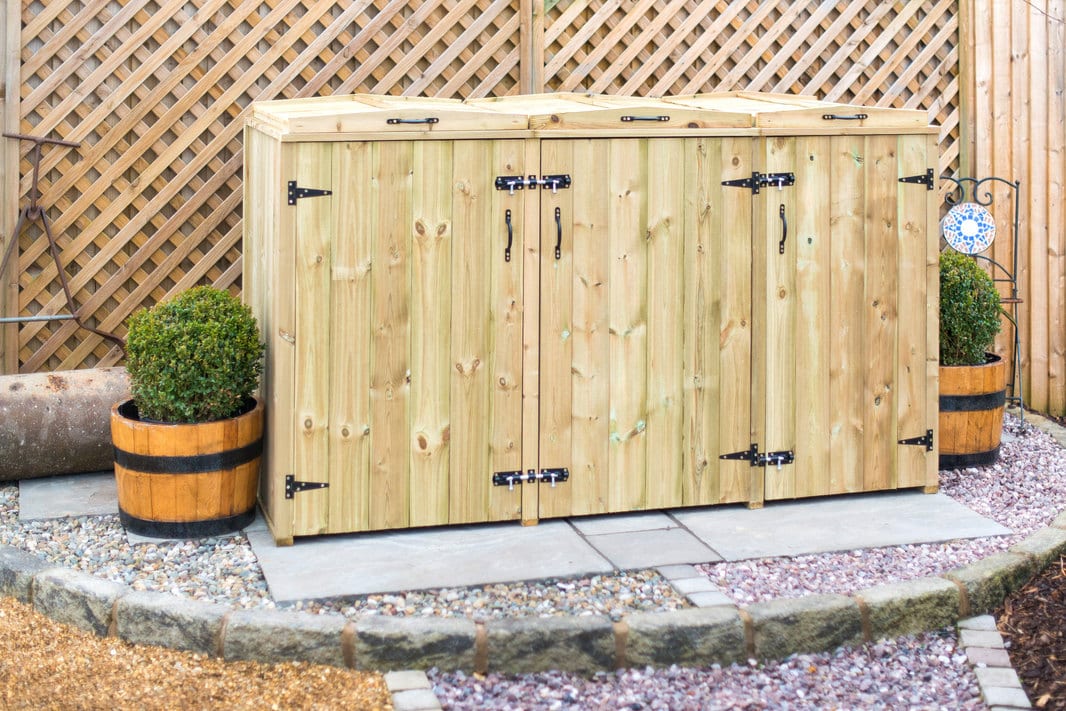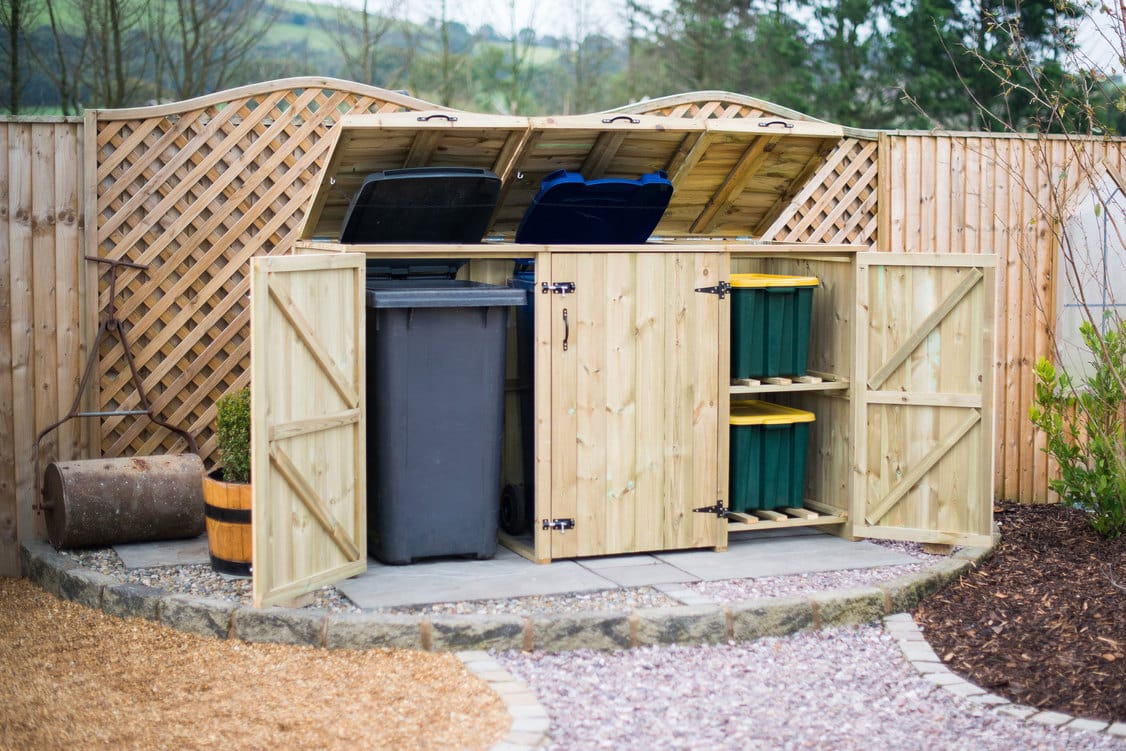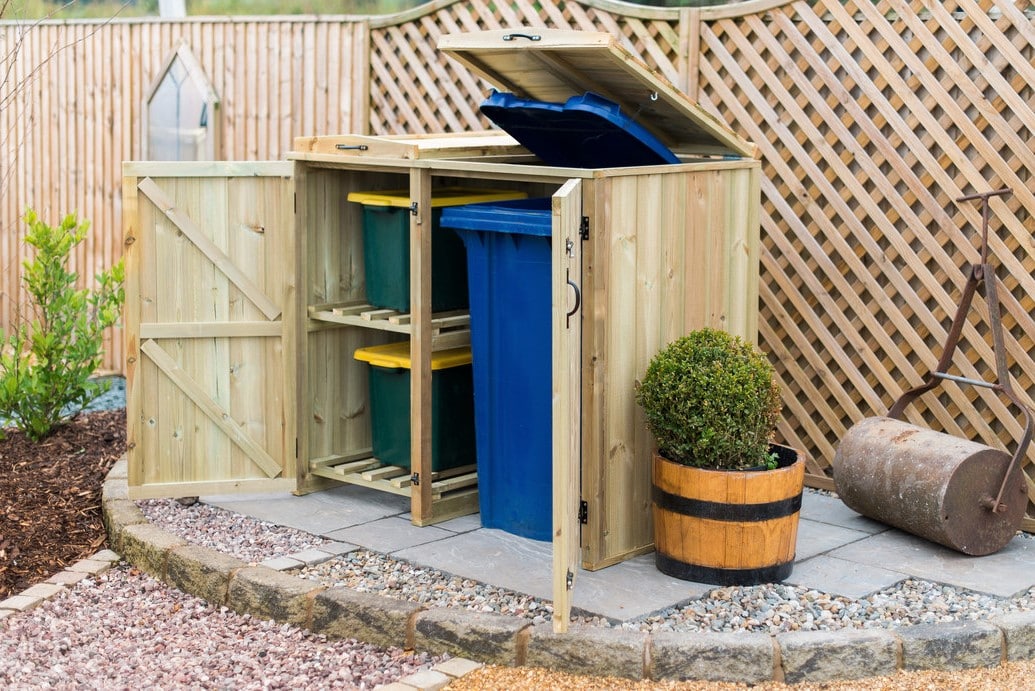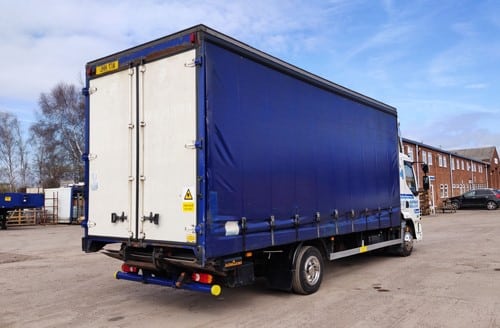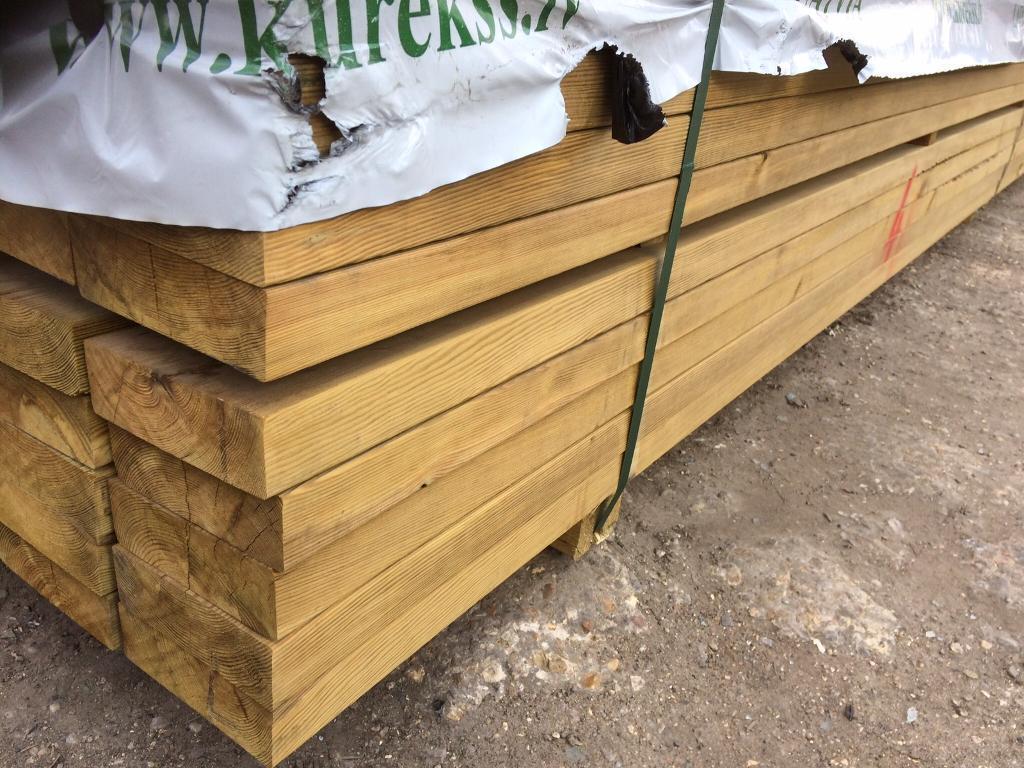Buying Guides
Pressure Treatment vs. Dip Treatment
If you're looking into buying garden furniture, then wood treatment should be a priority. Any timber that is going to be outside and exposed to the elements is going to require some kind of treatment. So whether you're buying a bin store, a bike shed, or a bench, you'll need to ensure that the wood has been treated. But what are your options? And which should you choose? That's what we're here to find out.
Buying Wooden Garden Furniture
Wooden garden furniture is a great choice. It looks fantastic and can last for a long time as well, making it a good investment. Wood furniture is the perfect combination of long lasting and yet affordable, and needs very little maintenance, unlike metal or plastic furniture, for example.
Obviously, you'll be making a lot of decisions here. You'll need to think about space and placement, what kind of wood you want, and what design or style of furniture you'd like, as well as choosing something that fulfils your needs. But there's another factor too, what kind of treatment the timber you are choosing has undergone.
Why Does Wood Need Treatment?
Whilst wood can last for a long time outside, it won't without the right treatment. Naturally wood is biodegradable, meaning that the elements (damp, rain, sun) break it down. Left untreated most wood will simply rot away. You've probably experienced this yourself, seeing rotting trees and logs in the forest. If you're to have any hope of using that wooden furniture year after year then you'll need treated wood.
Not only that, but since wood is a natural product, insects, moulds and fungi love it! Wood that's untreated can be a haven for these things, which will help break down your furniture even faster. Essentially, if you want to keep your wooden furniture for a while, and you want it to look good, then you'll need to make sure that you're buying treated wood.
What Are My Options?
Thankfully, nearly all wooden furniture these days is sold pre-treated. The only exception to this is if you're buying wood to build your own furniture (in which case the timber may or may not be treated), or if a product specifically says the wood is untreated. In some cases furniture may be sold untreated because it is unfinished, meaning you get to choose paint colours or stains. However, such furniture will still need to have a preservative treatment painted on later.
There are two common ways of pre-treating timber, known as pressure treatment and dip treatment. Which you choose can affect not just how long your furniture will last, but also the price of the furniture that you're buying, so you might want to choose carefully!
Pressure Treated Wood
Pressure treatment is quite a long process, and is sometimes also known as “vacuum pressure impregnation.” In this process, wood is cut and dried naturally, perhaps outside in the right climate, or maybe in a special kiln. This stage is important since all moisture needs to be removed from the timber before it can be treated.
Once the wood is dry it's placed in a special tank. A vacuum will remove all the air from the tank and then a special liquid preservative will be poured in, with the excess liquid again being drawn out with the vacuum. Because of the low pressure environment the wood will draw the preservative deep inside the grain, meaning that it is treated and preserved inside and out.
You can usually tell which products have been pressure treated because they have a slight green colour, though this colour fades over time to a more golden tone. Of course, the product will probably be marked as pressure treated too since this is quite a selling point!
The advantage of pressure treated wood is that it's very long lasting since the preservative is inside the wood and not just on the surface. The weather really doesn't affect pressure treated wood at all and maintenance is minimal. The downside here is the cost, since pressure treated wood furniture will be more expensive.
Dip Treated Wood
Dip treating wood is a far easier and less time-consuming process. Very simply, wood is dipped into tanks full of preservative and then is allowed to dry, leaving the surface of the timber coated in preservative.
Again, there are pros and cons here. The main advantage of buying your garden furniture dip treated is that costs are far lower. The process takes less time, the wood needs to be stored for less time, and less specialised equipment is needed, all meaning that the end purchase price of dip treated timber is much lower than that of pressure treated timber.
On the opposite side, dip treated wood is not as long-lasting. Only the surface is covered in preservative and this will wear off over time. You'll probably need to re-apply wood preservative at least once a year to keep your furniture in good condition. You should also avoid contact between dip-treated wood and the ground due to damp. This is easily achieved by putting metal coverings on furniture feet, or by putting pressure treated wood as a base.
Which is Right For Me?
The buying decision really comes down to you, your needs and your budget. On the whole, pressure treated wood is preferable whenever you can afford it. Yes, it's more expensive, but it will last longer and you shouldn't need to perform much (if any) maintenance. On the other hand, if budget is a problem, dip treated wood will be just fine as long as you're prepared to put the work into keeping it in good shape.
Wooden garden furniture is a great choice and can last a lifetime if properly looked after. But if you're in the process of deciding what to put in your garden then you should keep the issue of wood treatment in mind, since it will affect your budget and your time investment later. The choice is up to you, but it's definitely worth considering all the options before you commit to buying!

